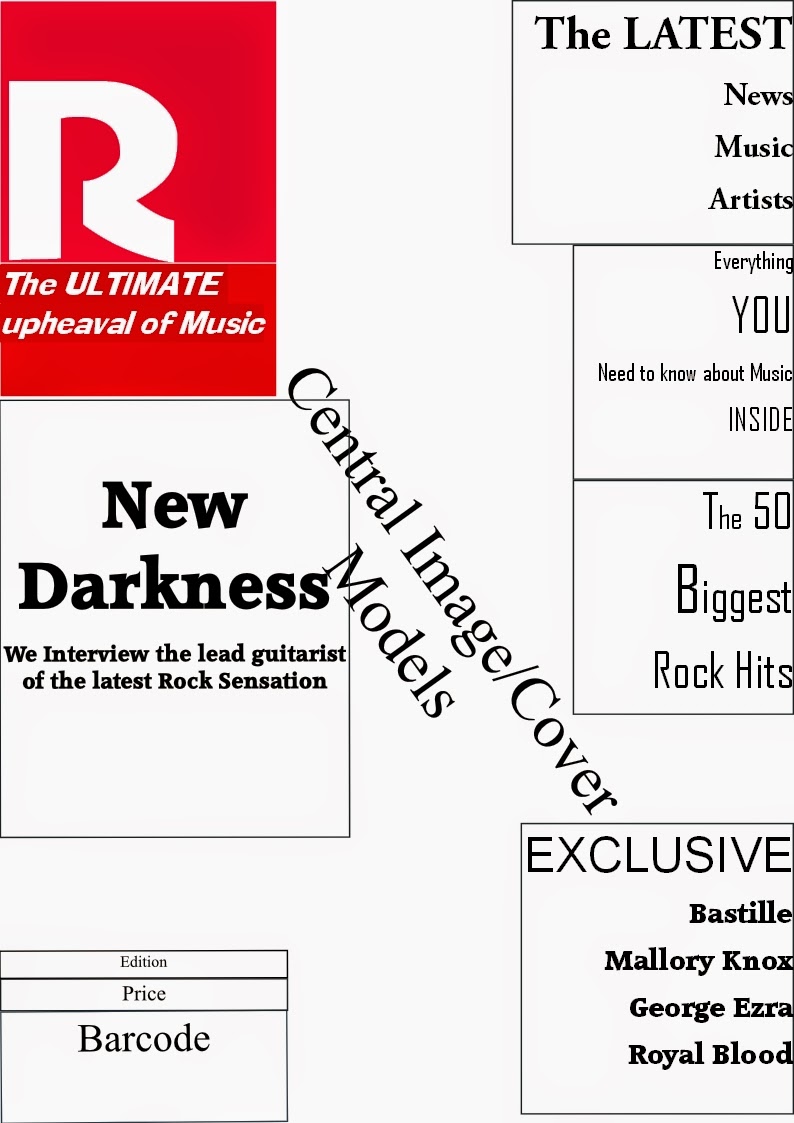Challenges Facing the Industry;
Some of the challenges that the media industry include; having to adapt to the new technological age in which communication has changed dramatically. They are having to survive in a world in which paid media strategies have been replaced by a combination of paid, owned and earned media. Moreover another challenge that the industry as a whole faces is trying to find new interesting news to present to their audiences. The internet is often so up to date that, by the time many magazines have been published, more up to date news has already been released. As a result of this many magazines have had to set up online websites in a bid to keep their readership loyal and feed them the most recent news possible. Overall the main challenge to the media industry in modern times is the internet and having to adapt around the internet in order to keep attracting readers.











